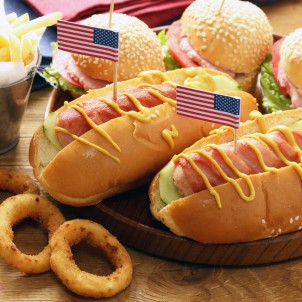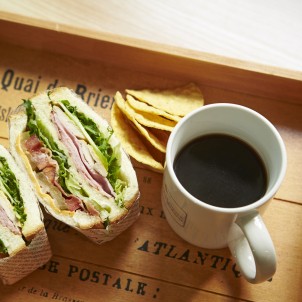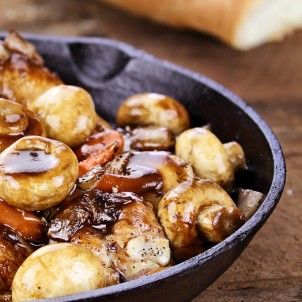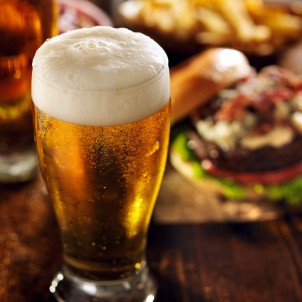Discover the best pubs & restaurants in Harrogate
![]() Town/City Name
Town/City Name
Harrogate
![]() County
County
North Yorkshire
![]() Population
Population
75,070
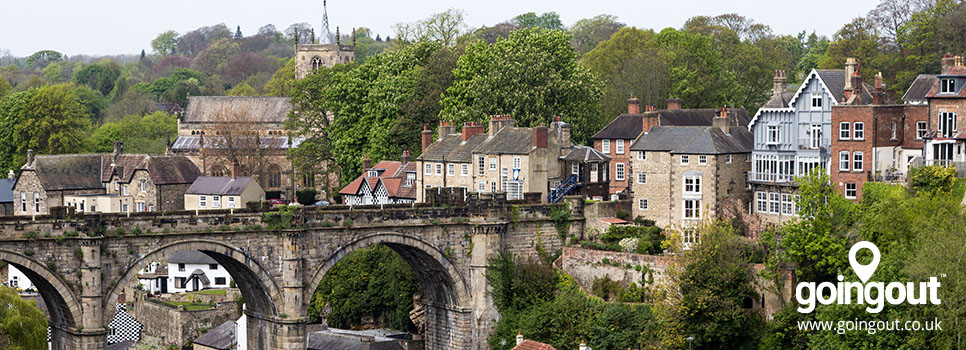
 About Harrogate
About Harrogate
Harrogate is another spa town found in North Yorkshire. There are two settlements where Harrogate came from. Residents from Harrogate seem to be satisfied with their living situation as the town has been voted as the happiest place to live in the whole country.
A lot of tourists visit Harrogate because of the spa waters there. Some other tourist destinations in the area include the Valley Gardens, Bettys Café Tea Rooms, Mercer Art Gallery, Montpellier Quarter and the Royal Pump Room Museum.
Among these places, the one which is most frequently visited is the Valley Gardens. This is a 17-acre land containing several magnificent pavilions and cafés. There are also facilities for children to enjoy, and families will also not run out of activities to do in Valley Gardens. The place offers several activities that visitors can enjoy during their trip.
When going out in Harrogate, there are a lot of restaurants that you can check out. The restaurants in Harrogate offer a wide selection of food that can meet every tourist’s preference and mood. There are traditional restaurants as well as modern ones that are worth checking any time of the week.
In addition to restaurants, there are also several pubs in Harrogate. Many tourists and locals visit the different pubs in the city to taste amazing beers, fancy wines and classy cocktails, among others. The ambience in every pub also varies, contributing to guests’ reasons for visiting.
Aside from food, drinks and places, a lot of people coming from Harrogate are worth mentioning, too. Actors Jim Carter, Edward Chapman and Hugo Boss, together with musicians Dewey Bunnell, Gerald Finzi and Garry Jennings, all came from Harrogate.
 Places to eat in Harrogate, Restaurants in Harrogate
Places to eat in Harrogate, Restaurants in Harrogate
 Places to drink in Harrogate, Pubs and Bars in Harrogate
Places to drink in Harrogate, Pubs and Bars in Harrogate
 A brief history of Harrogate
A brief history of Harrogate
Before Harrogate got its final name, it was first called other names like Harougat, Harwegate and Harrowgate. However, where Harrogate’s name originated is unknown. Some say it derived from Old Norse horgr, meaning cairn, a heap of stones, and gata, meaning street. These words, when combined, meant road to the cairn. On the other hand, some say that Harrogate means the way to Harlow.
Initially, Harrogate has two parts. The area within Bilton’s township was known as the High Harrogate while the part within Pannal became the Low Harrogate. However, both areas were part of the Royal Forest Knaresborough.
The discovery of spring water rich in chalybeate and sulphur played a big role in the city’s development. The discovery and development happened in the 16th century, and the first one was discovered by William Slingsby in 1571. As a result, the town was called a spa town.
More chalybeate springs were found in High Harrogate during the 17th and 18th centuries, and along with this, Low Harrogate was also discovered to have both sulphur and chalybeate springs. As a result, the two areas attracted several guests, and a number of inns were also opened in High Harrogate to accommodate the visitors. On the other hand, Low Harrogate opened the Crown.
The Royal Forest of Knaresborough was walled with a 1770 Enclosure Act. In 1778, the enclosure award clarified that 200 acres of land were for the public. It stayed as an open space for the public which was known as The Stray.
The area between the High and Low Harrogate was developed during the 19th century. A part of it was reserved for a residential building and then to the Duchy of Lancaster.
The number of visitors still increased, resulting in the Georgian Theatre’s building in 1788. In addition, in 1826, the Royal Bath Hospital was constructed. Furthermore, in 1842, The Royal Pump Room was created.
After World War I, the popularity of Harrogate decreased. In World War II, the large hotels in Harrogate served as government offices.
 Popular things to do in Harrogate
Popular things to do in Harrogate
- Enjoy all-day breakfast goodies at Bean & Bud - http://beanandbud.co.uk/
- Taste the best drinks at Spirit of Harrogate - https://wslingsby.co.uk/experience/
- Learn about Harrowgate’s history at Royal Pump Room Museum - https://www.harrogate.gov.uk/
- Unwind at North Bar - http://www.northbar.com/harrogate/
- Blend with the locals at Major Tom's Social - https://www.majortomssocial.co.uk/
 Free things to do in Harrogate
Free things to do in Harrogate
- Know about the area’s local history at Bracken Hall Countryside Centre and museum – https://www.bradfordmuseums.org/venues/brackenhall/index.php
- Appreciate nature at Brimham Rocks - https://www.nationaltrust.org.uk/brimham-rocks
- Have a good time at North Yorkshire Moors National Park - https://www.northyorkmoors.org.uk/
- Spot Canada geese and ducks at Peasholm Park Scarborough - https://www.peasholmpark.com/
- Spend some time at Wentworth Garden centre - http://www.wentworthgardencentre.co.uk/
 Great for kids in Harrogate
Great for kids in Harrogate
- Visit the old Mother Shipton's Cave - https://www.mothershipton.co.uk/
- Get creative painting pottery at Pots 2 Go Ceramic Café - http://www.pots2go.co.uk/
- Check out the famous Bead Harrogate - https://www.bead-harrogate.co.uk/
- Explore The Harrogate Treasure Hunt Trail - https://www.treasuretrails.co.uk/things-to-do-with-kids/north-yorkshire/harrogate
- Enjoy the latest blockbusters at ODEON Harrogate - https://www.odeon.co.uk/cinemas/harrogate/?
 Great for dogs in Harrogate
Great for dogs in Harrogate
- Pets at Home Harrogate - https://community.petsathome.com/store/harrogate/
- The Dog Spa Harrogate - https://www.thedogspaharrogate.co.uk/
- A love of Dogs - https://www.facebook.com/aloveofdogsdogwalker/
 Dog friendly bars
Dog friendly bars
- The Swan - https://www.facebook.com/SwanHarrogate/
- Harrogate Tap - https://harrogatetap.co.uk/
- The Harrogate Arms - https://www.craft-pubs.co.uk/the-harrogate-arms-harrogate
 Dog friendly restaurants
Dog friendly restaurants
- The Travellers Rest - http://www.thetravellersrestharrogate.co.uk/
- Alexandra - https://www.facebook.com/thealexandraharrogate/
- Starling Independent Bar Cafe Kitchen - https://www.facebook.com/StarlingHgte/
 Did you know?
Did you know?
Harrogate hosted a Eurovision Song Contest. This was the contest’s 27th year and it happened in 1982. Jan Leeming specifically hosted the event. The winners were Germany, and Great Britain got the 7th place. The latter performed “One Step Further” by Bardo.
Charles Dickens labelled Harrogate as the “queerest place.” He once visited the spa town of Yorkshire and stated that the people in the area were strange and were living odd lives full of dancing, dining and reading.
 The hidden gems of Harrogate
The hidden gems of Harrogate
Considered the smart end of the town, The Montpellier Quarter is named as the best-kept secret of Harrogate. There are around 80 independent cafes, bars, galleries, and shops in the area, and the history and elegance of Harrogate can be completely observed in this place. The Montpellier Quarter is the best place to relax for it is a quiet spot even though its location is convenient and central.
 Unique to Harrogate
Unique to Harrogate
Many people voted Harrogate as the happiest place to live in among the areas in Britain. It has won three times in a Rightmove survey. 24,000 people participated in the survey and answered the question regarding what they feel about where they reside.
 find your venue
find your venue feature your venue
feature your venue